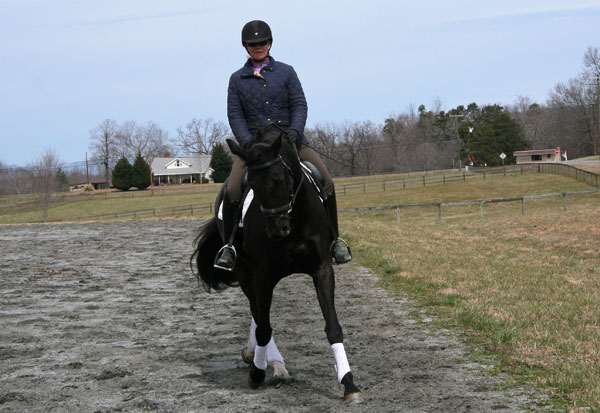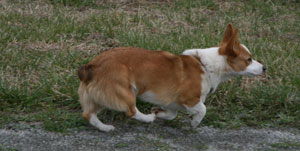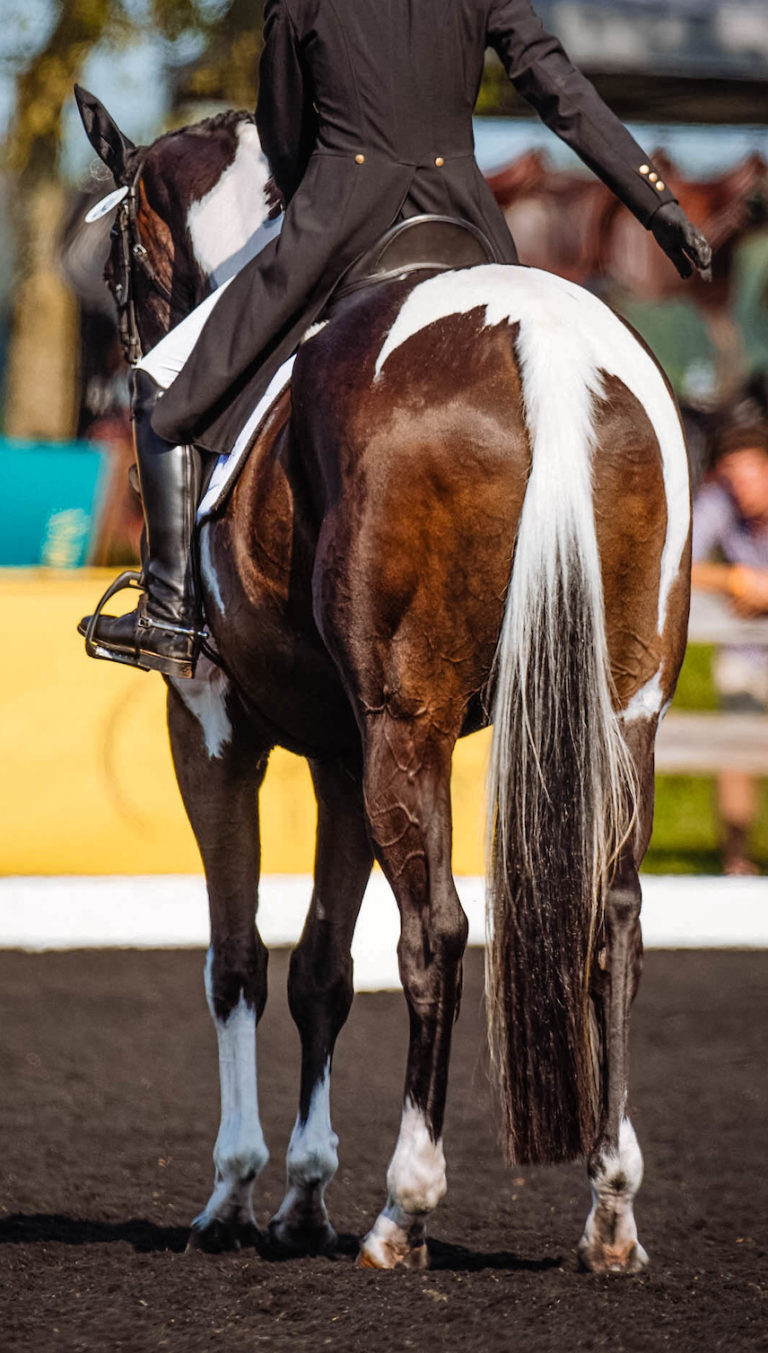I have a friend who often trailers to ride in the ring at the farm where I board because she doesn’t have a ring at her own farm, although she has some fairly flat pasture space.

Her situation reminds me of when we first moved to a small farm in Upperville, Virginia, years ago from California. I had two young green-broke horses to ride and no ring. My husband came up with the great idea to mow a ring-sized space in the pasture, so that the “ring” would be lawn-depth grass while leaving the pasture grass around it as a “fence.”
I was gratified, but not surprised, when my green babies treated the perimeter of the “ring” as if it was a true ring with a three-rail fence. Horses tend to follow an established path or line – note how they will often travel through a pasture on an established path for no apparent reason that we humans can see. When there’s a sand ring set in an area of grass, there’s usually no need for a fence to separate them because the horse will honor that perimeter. I’ve noticed that even our dogs will stay out of the sand ring and go right around the edge when we are riding there.

I suggested my friend might want to try to mow herself a ring space on her farm, and we’re going to investigate level areas in the pasture for potential dips and holes . . . if she can’t convince her husband that maybe the front lawn can double as a riding ring. If we can find a 20×60-meter space and add some soccer cones, she’ll be all set to practice tests.
This tendency of a horse to follow an established line has practical implications when riding a dressage test. When the ring has been freshly prepared and has no hoof lines in it, I’ve noticed that if the first horse to enter the ring for a test drifts off the center line, then the horses that follow him will drift that way as well. Therefore, if you follow someone whose horse can’t stay straight down the center line or along the long sides or across the diagonal, you will have to pay that much more attention to keeping your own horse straight because he’ll naturally tend to follow the squiggles already drawn in the sand.











